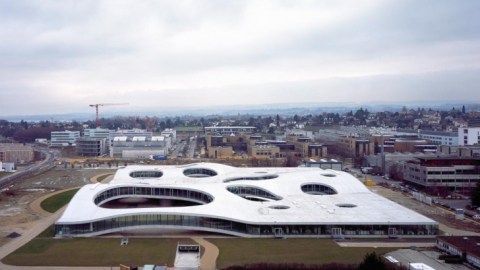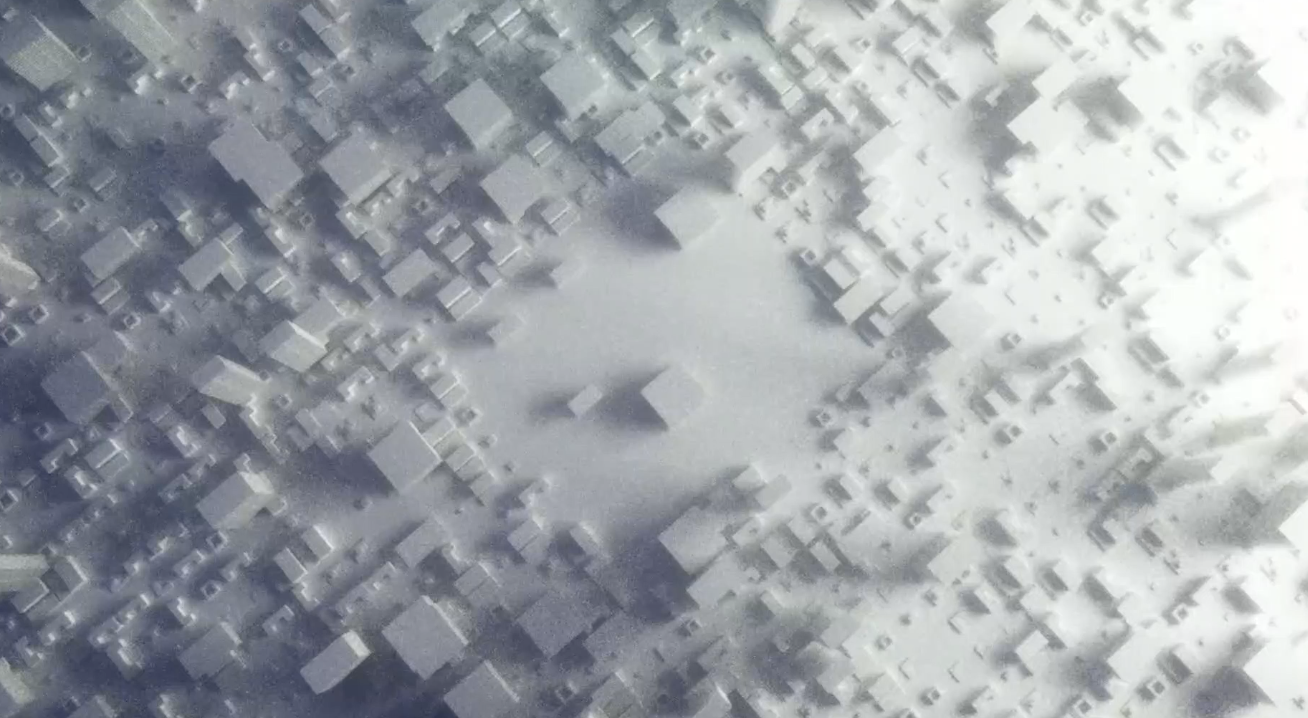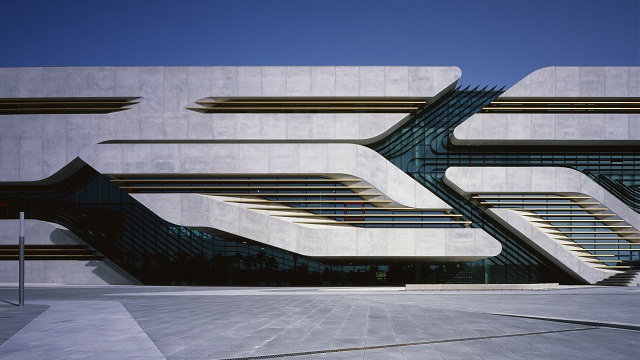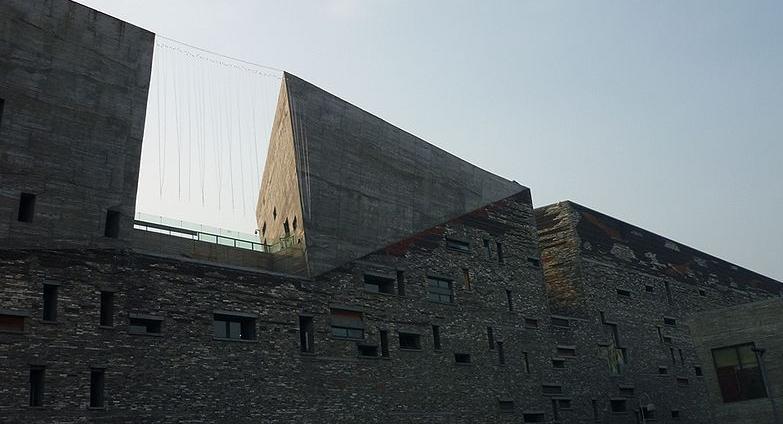Building Momentum: Sejima and Nishizawa Win 2010 Pritzker

“We want to make architecture that people like to use,” said Kazuyo Sejima, who with partner Ryue Nishizawa won the 2010 Pritzker Architecture Prize yesterday. “The jury somehow appreciated our way of making architecture.” The Japanese architects aim towards using everyday materials to build dreamlike structures in which people can roam freely in groups or meditate individually. In the often befuddling world of modern architecture, Sejima and Nishizawa never lose sight of the human element in their buildings, including the sense of humor and excitement that can make entering a museum or office space a thrill rather than a chore.
Beginning in 1979, the Pritzker has honored some of the greatest names in architecture, including I.M. Pei, Frank Gehry, Robert Venturi, and Zaha Hadid. Jay A. Pritzker founded the prize with his wife, Cindy, out of their love of architecture. Native Chicagoans, the Pritzkers lived among the works of giants of architectural history such as Louis Sullivan, Frank Lloyd Wright, and Mies van der Rohe and wanted to promote the next big thing in the medium. Along with a medallion, each year’s winner receives a $100,000 grant.
Sejima and Nishizawa’s firm Sanaa Ltd., which they founded in 1995, has a long history of creating innovative structures for modern use. The Swiss Federal Institute of Technology’s Rolex Learning Center (pictured), which only opened in February 2010, looks like a 4-acre slice of Swiss cheese from the sky. (Get it? Swiss cheese for a Swiss building? A cheesy joke if there ever was one.) The single-story concrete and glass structure rolls like a wave over the landscape as “holes” in the top allow natural light to illuminate the large open spaces of the interior. The New Museum in New York City looks like a children’s ill-balanced house of blocks. White metal blocks of different sizes sit uncertainly (but not, really) on a see-through glass base at ground level on a less-than-genteel street in the lower east side of New York. Even in the most unlikely of locations, Sejima and Nishizawa shoot for the “wow” factor and score. It’s hard to think of whimsy in metal and glass, but these Japanese architects manage to pull it off.
I find it interesting that there is nothing stylistically “Japanese” in these Japanese architects’ designs. They’ve gone international, as so many other modern artists have, in a good way, breaking past the idea of cultural boundaries and building momentum towards an art that unites us in our common humanity rather than separates us in alignment with the accidents of where and when we were born. The Pritzker Prize adds to that momentum by rewarding artists that build structures of humanity and hope in a better future. If the Pritzker Prize does nothing else, it reminds us to look up and around and truly live in the spaces around us, rather than simply occupy them. Wake up and smell the architecture.
[Image: Sejima and Nishizawa’s Rolex Learning Center.]




